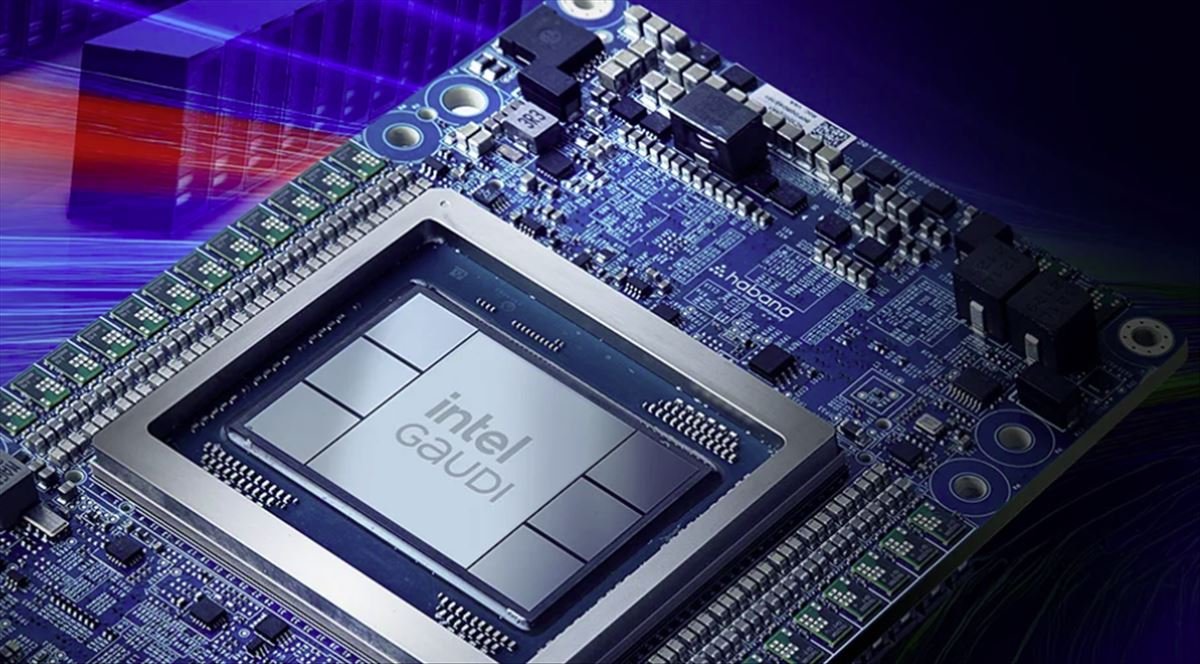Intel Gaudi 3: Accelerating AI with Cutting-Edge Performance
4/10/2024Intel Gaudi 3: Accelerating AI with Cutting-Edge Performance

Intel, a powerhouse in the tech industry, has recently unveiled its latest AI accelerator, the Intel Gaudi 3. This cutting-edge chip is poised to revolutionize artificial intelligence workloads, challenging Nvidia’s dominance in the field.
Let’s dive into the details of this remarkable innovation.
Key Features of Intel Gaudi 3
-
Performance Boost: Intel claims that the Gaudi 3 offers up to 1.7 times the training performance compared to Nvidia’s market-leading H100 processors. Additionally, it boasts 50% better inference and 40% better efficiency—all while being more cost-effective.
-
Architecture: The Gaudi 3 is the third generation of Intel’s Gaudi accelerator, which originated from the company’s $2 billion acquisition of Habana Labs in 2019. This architecture builds upon the success of its predecessors, Gaudi 1 and Gaudi 2.
-
Availability: The Gaudi 3 accelerators are set to enter high-volume production and become generally available in Q3 of 2024. Intel also plans to make Gaudi 3 systems accessible in its Developer Cloud, allowing prospective customers to test the chips swiftly.
Gaudi 3 vs. Nvidia H100
Intel’s aggressive push with Gaudi 3 aims to provide a compelling alternative to Nvidia’s GPUs. Here’s how it stacks up against the H100:
- Training Performance: Gaudi 3 trains specific large language models 50% faster than Nvidia’s prior-generation H100 processor.
- Inference Speed: For generative AI responses (inference), Gaudi 3 outperforms the H100 chips in certain scenarios.
Beyond the Chip: Intel’s AI Enablement Programs
Intel recognizes that AI success extends beyond hardware. To compete with Nvidia and AMD, Intel is focusing on a comprehensive approach:
- Partner Ecosystem: Intel collaborates with partners to deliver complete Gaudi 3 systems, ensuring seamless integration.
- Open Software Stack: Intel aims to build an open enterprise software stack as an alternative to Nvidia’s proprietary CUDA. This move encourages flexibility and interoperability.
The Gaudi 3 Architecture
- Form Factors: Gaudi 3 comes in two form factors, with the OAM (OCP Accelerator Module) HL-325L being the common mezzanine form factor found in high-performance GPU-based systems.
In summary, Intel’s Gaudi 3 represents a significant leap forward in AI acceleration. As the industry grapples with Nvidia’s AI GPU shortages, Gaudi 3 emerges as a promising contender, offering impressive performance gains and cost-effectiveness. Keep an eye out for this game-changing chip as it reshapes the AI landscape! 🚀🔍
